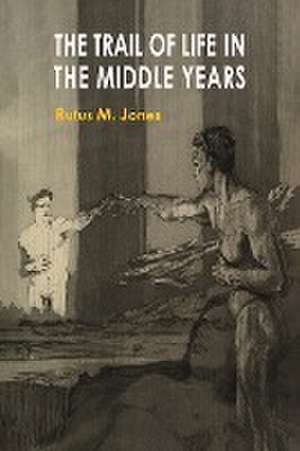The Trail of Life in the Middle Year
Autor Rufus M. Jonesen Limba Engleză Paperback – 18 feb 2023
Preț: 169.35 lei
Nou
Puncte Express: 254
Preț estimativ în valută:
32.41€ • 33.99$ • 26.98£
32.41€ • 33.99$ • 26.98£
Carte tipărită la comandă
Livrare economică 28 martie-03 aprilie
Preluare comenzi: 021 569.72.76
Specificații
ISBN-13: 9781684227952
ISBN-10: 168422795X
Pagini: 258
Dimensiuni: 156 x 234 x 15 mm
Greutate: 0.45 kg
Editura: Martino Fine Books
ISBN-10: 168422795X
Pagini: 258
Dimensiuni: 156 x 234 x 15 mm
Greutate: 0.45 kg
Editura: Martino Fine Books
Notă biografică
Rufus M. Jones (1863-1948) was a Quaker historian, theologian, and Professor of Philosophy at Haverford College. He was a prolific writer, including such works as 'A Dynamic Faith,' 'Spiritual Reformers of the 16th and 17th Centuries,' and 'Practical Christianity.'
